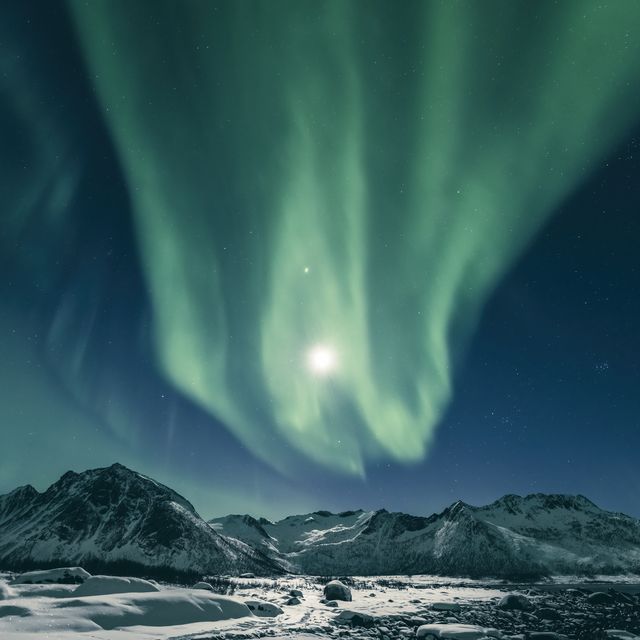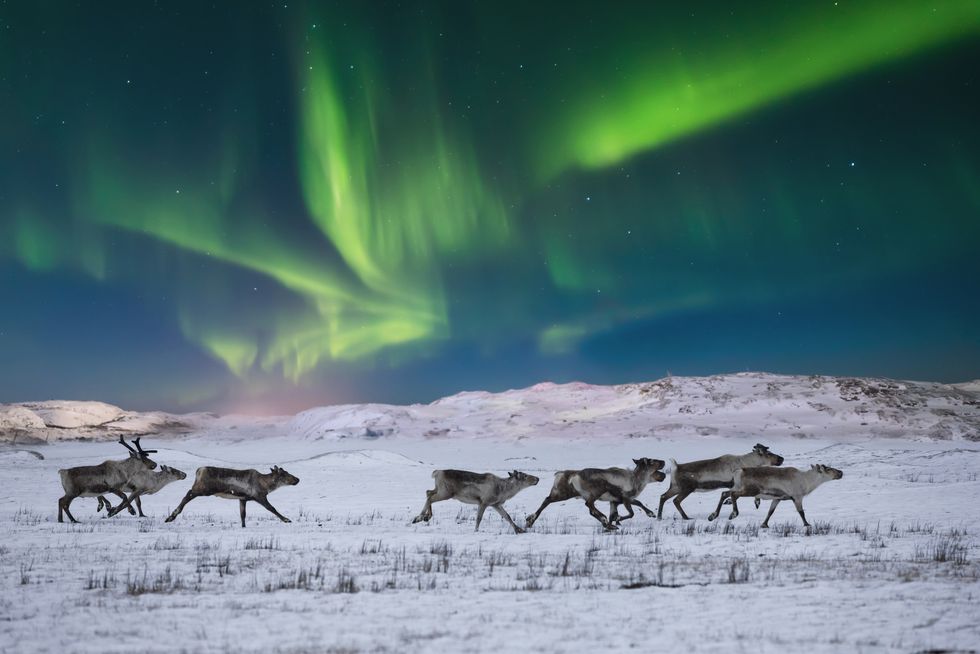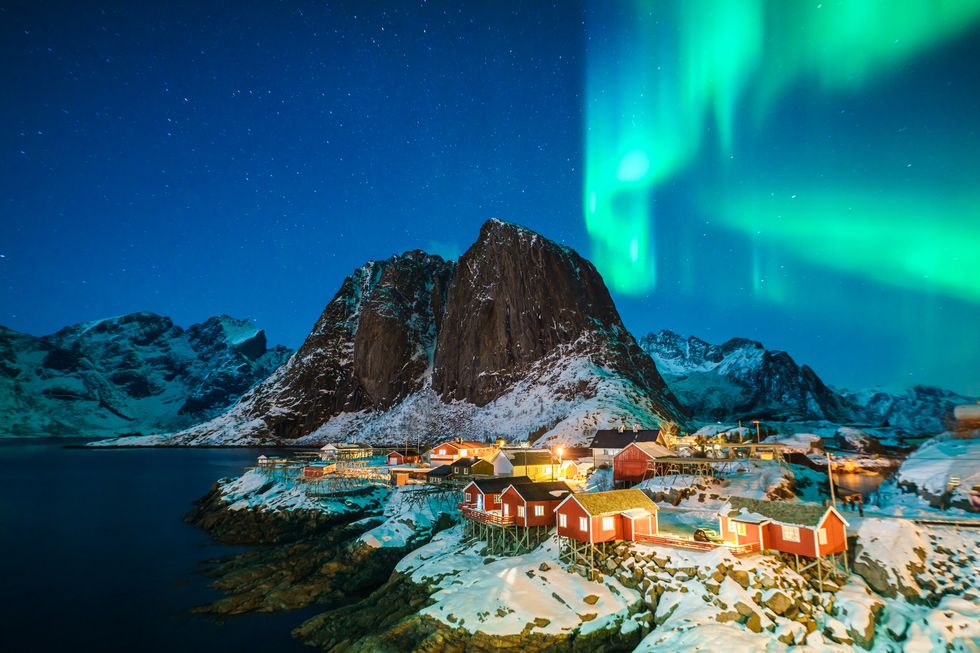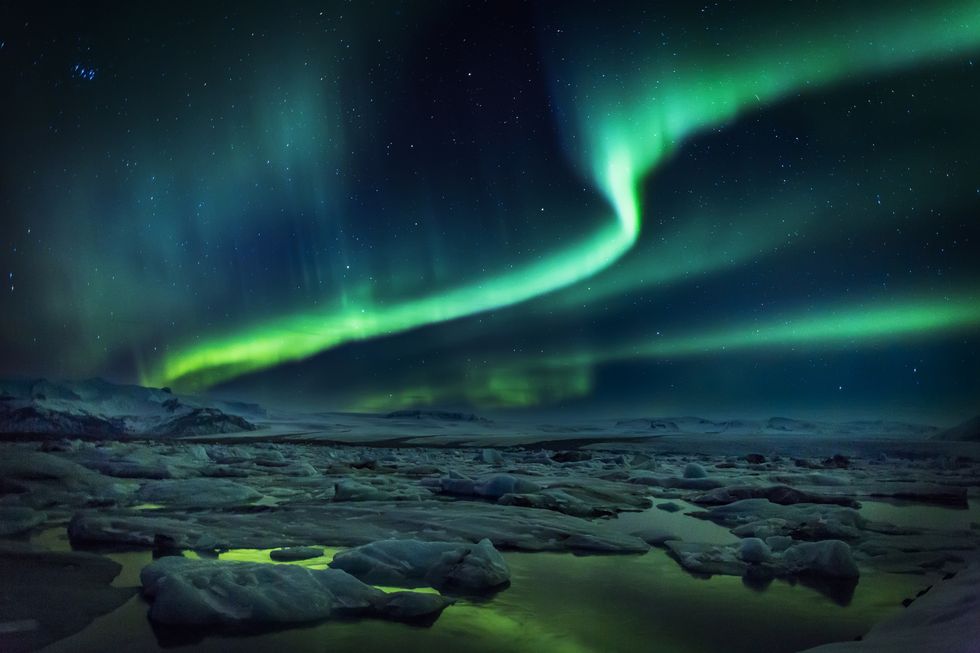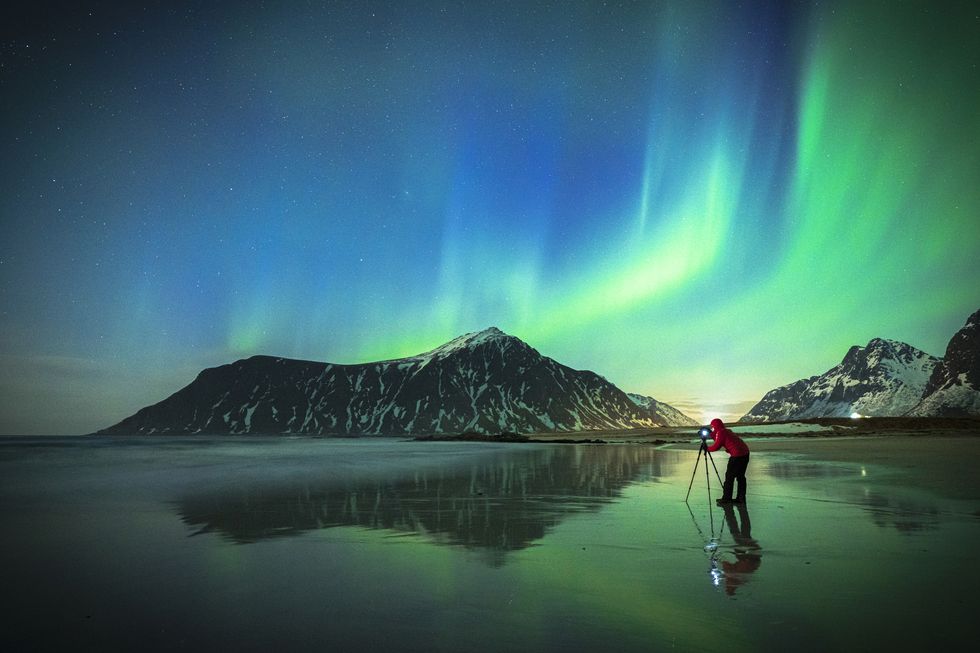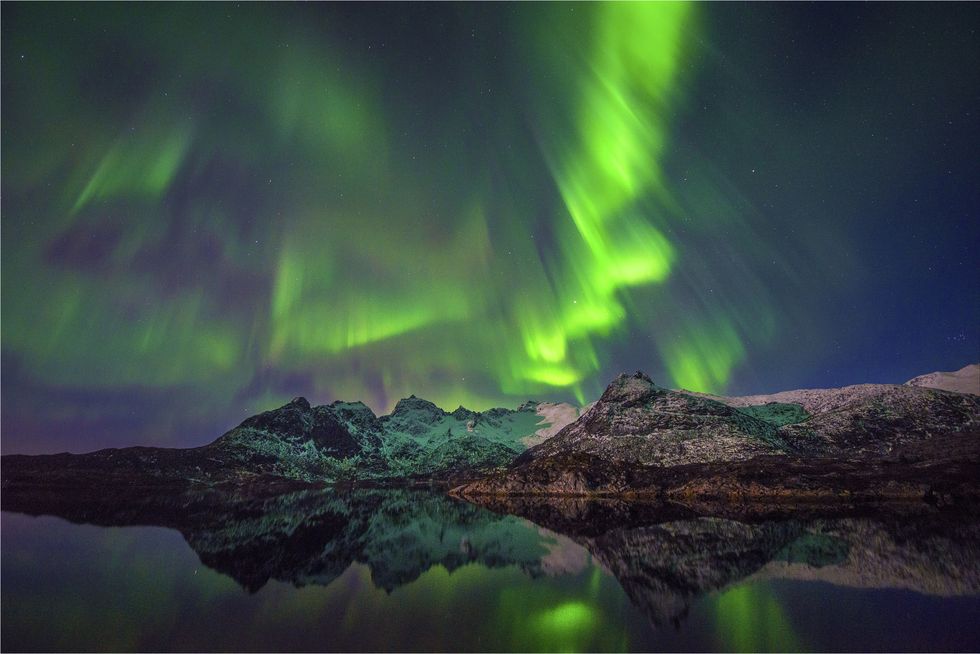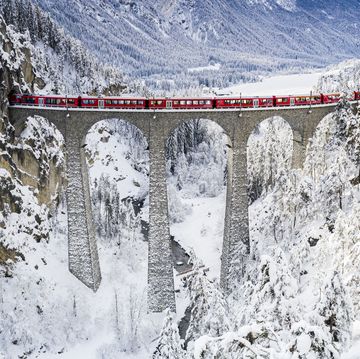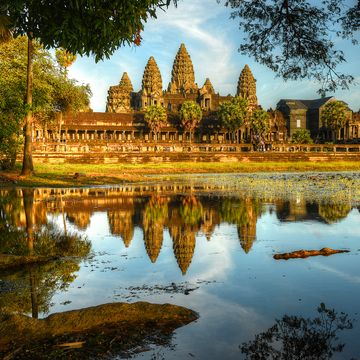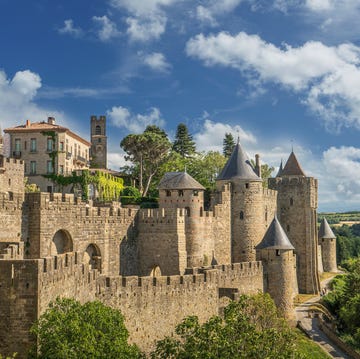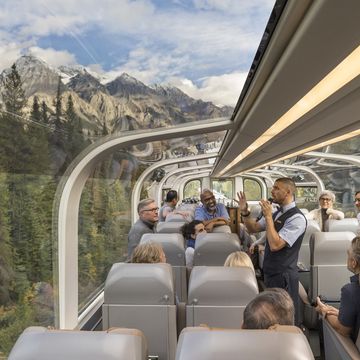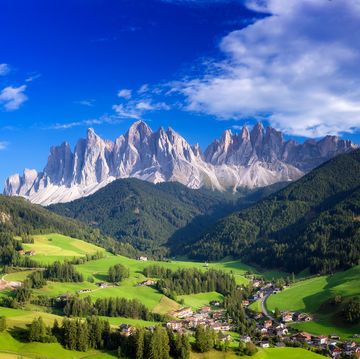Northern Lights facts: 9 things you probably didn't know about the Aurora Borealis
Interesting facts about the amazing natural phenomenon
One of the greatest natural light shows on earth, the Northern Lights, or Aurora Borealis, is top of many travellers' bucket lists, but how much do you really know about the phenomenon?
Perhaps you're wondering why they're called the Northern Lights or whether they only happen north of the equator - well, we've got the answers right here.
An incredible activity to experience during a winter snow holiday, witnessing the Northern Lights on a cold weather adventure is like nothing else. To help you learn more about the Northern Lights and inspire you to see them for yourself (try this Northern Lights cruise to Norway), we've brought you some of the most interesting Northern Lights facts below.
And with late September to early April being the best time to see e the Northern Lights, when the sky in polar regions is dark enough to create the perfect viewing conditions, now is a great time to get clued up on the Aurora Borealis before planning a trip later in the year or in early 2024.
Whether you want to know the best places to see the Northern Lights, (Norway, Sweden, Iceland and Canada offer excellent viewing) or whether the Aurora Borealis really looks as it appears in the photos, you'll want to keep scrolling.
With the help of Tom Kerss, a Fellow of the Royal Astronomical Society and Expeditions Astronomer for Hurtigruten, which specialises in Northern Lights cruises (like this one), here are nine things you probably didn’t know about the Aurora Borealis.
And once you've read these interesting Northern Lights facts, you'll want to check out Country Living's exclusive Northern Lights trip to Norway with Hurtigruten, where you'll have 14 nights to hunt for the dancing lights.
Watch Next


The best hotels in Marseille
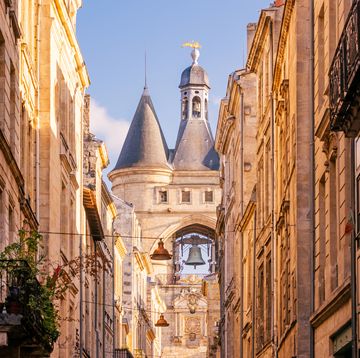
How to have the perfect weekend in Bordeaux
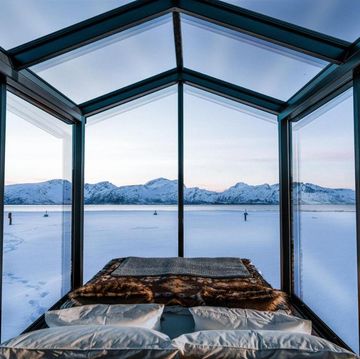
The best Tromsø hotels and lodges
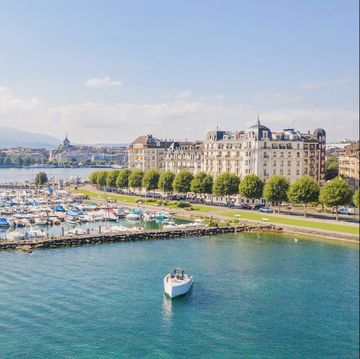
The best hotels in Geneva
